I borrowed the book “Footsteps from East Coker”, written by journalist David Foot, from Yeovil Library. David was born in 1929 and grew up in Verandah Cottage, opposite the Helyar Arms (then the New Inn). East Coker is a small village in Somerset, close to the Dorset border so I imagine the following reflections of village life in the 1930s and 1940s would be similar to other villages across Somerset and Dorset.
Food & drink
The most notable thing to say here is that there is a variety of apple from this area “the locally named Coker seedling”, I didn’t know this despite growing up in the village!
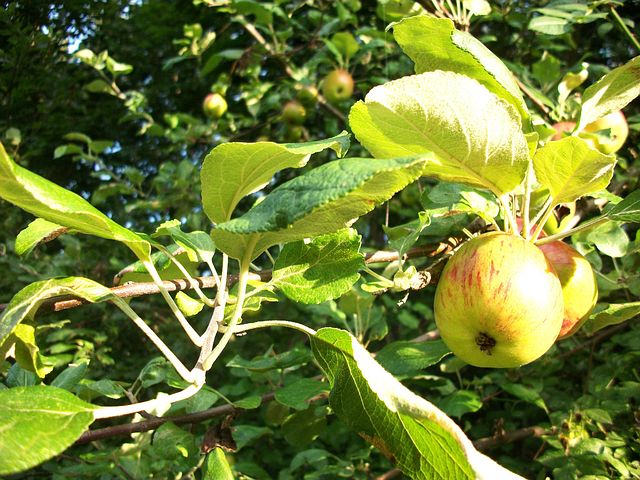
I read with interest that Blackbird and Rook pie was served at home, or could at times be purchased from the Village shop “Shot by meself”, as the chalk board proudly announced. Wild rabbits were plentiful as a form of food, and chickens were kept at home.
One anecdote that made me smile was that his father’s occasional use of the cumbersome wireless would receive a frown of disapproval from his mother “distractions like the Jack Payne orchestra were not to be encouraged at mealtimes”. I suppose the modern equivalent is checking our phones or watching TV during meals!
The men grew their own vegetables and Pulman’s bread was brought, still warm, by pony cart. The butcher called once a week, and the fish man almost as frequently. The Walls ice-cream man arrived on a tricycle once a fortnight, proving popular despite dirty fingernails and a fag in one hand assembling the ice cream between two wafers.
Way of life
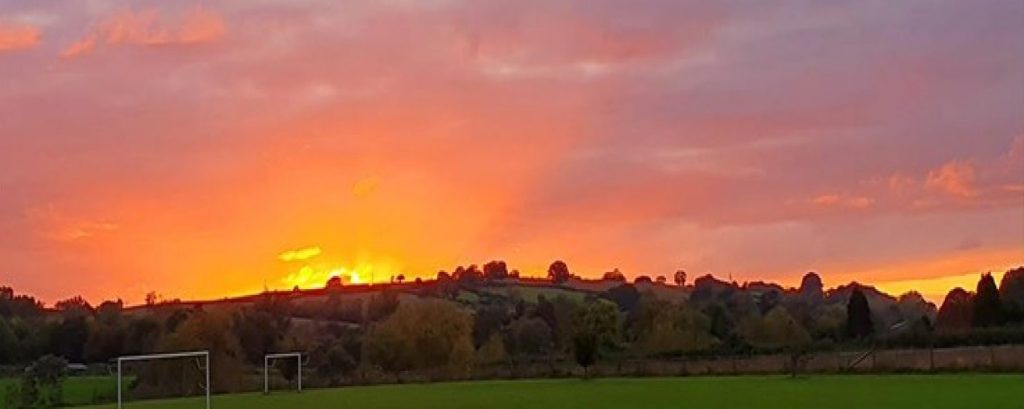
David recalls how lack of conversation in village homes was commonplace and stated that he honestly never heard his grandparents in conversation. There was a story about his grandparents that surprised me. His grandmother, Sarah, suffered chronically from arthritis and a theory “passed on by a visiting relative of witchcraft persuasions” meant that she would rub stinging nettles up and down her bony arms to offset the pain.
My favourite passage in this book concerns the “secret indulgence of flowers”, and it’s written so beautifully I am going to include an extract:
Noone would have ever dared to call the old men artists as they leaned on their gates. Their flowerbeds which they were too modest to display in any ostentatious way, were beautiful, kaleidoscopic, arranged in designs that were in the manner of a true painter, straight from their heads and imaginations.
This sense of true modesty or even secrecy, coupled with an abundance of natural talent is such a Somerset (or perhaps West Country) trait I think.
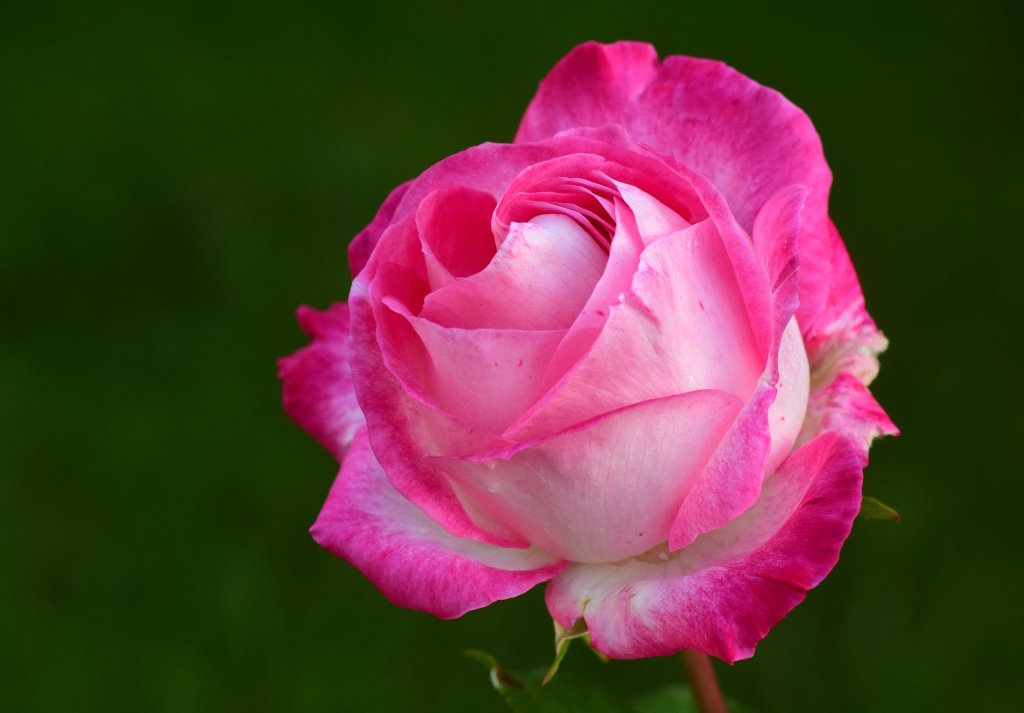
The village back then
In this section I’ve grouped some of the observations about East Coker as it was, so anyone familiar with the village will find this part particularly interesting.
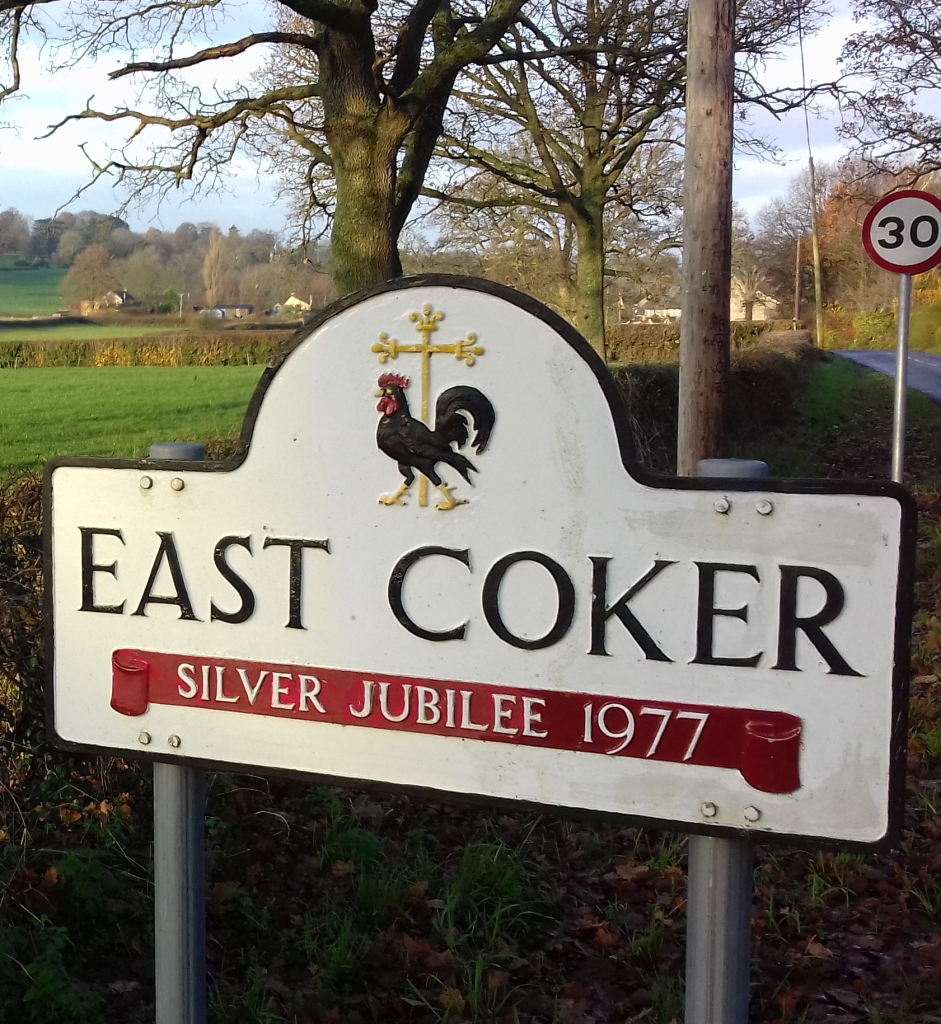
“Tellis Hill” is referred to, as being on the way to the cemetery and school. I think this must have been the name for the hill between the Helyar Arms and the school, but if you put “Tellis Hill” into Google maps there are no results. Also in the book it mentions both the Old Village Hall and a Forge being opposite the School. I think the location may have been the area where the Village Cafe is now. The book mentions the Mobile Library paying a visit, and I do remember climbing on board as a kid in the 1980s!
The book gives us a glimpse into the gulf between rich and poor in the village. The author’s mother was a housemaid at Sutton Bingham and then East Coker. It was at East Coker she met her future husband who was an Estate worker. In fact their cottage “Verandah Cottage” was one of those that belonged to the estate at East Coker (Coker Court). It was one of the last to be sold, most having been sold by 1949, due to a social and political restructuring of land ownership that marked an end to such a large class divide, though it seemed like a drastic change to all involved at the time.
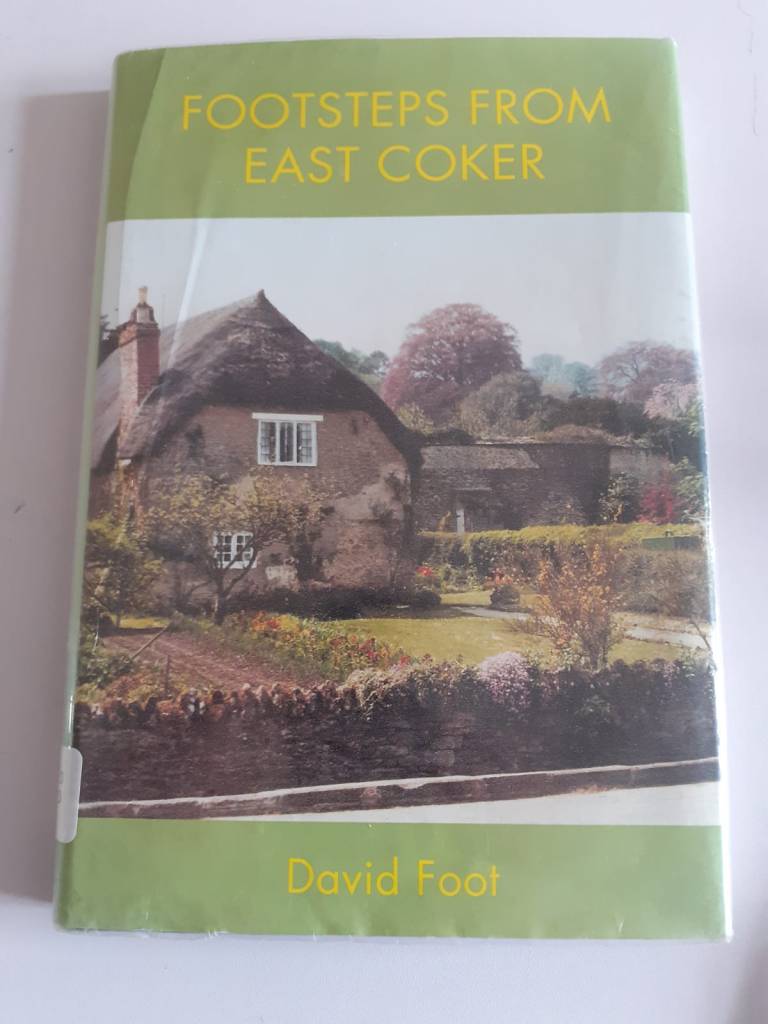
Up to the outbreak of the war work was plentiful, farm labourers and work at the sawmills or twine and webbing factory. We may think that the “work from home” phenomenon is a new one, but women were able to do this when it came to gloving, making a small supplement to their husbands’ income, with nearby Yeovil having 40 factories at the time.
There is mention of the American poet T.S. Eliot and English novelist J.B. Priestly who both praised East Coker, but that’s for another post.
A final note: I mostly enjoyed this book and it gave a welcome trip back in time to the village I know and love. However, if you read this book please be aware there are some passages that contain unacceptable attitudes. I note the book is self published and therefore has not been subject to the scrutiny of an editor.